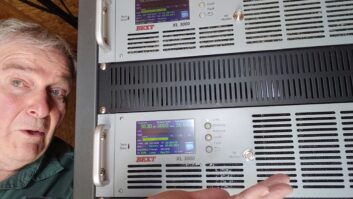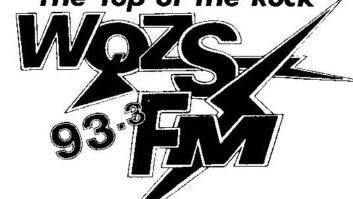A fine levied against JMK Communications for $4,000 will stand. The Honolulu AM station had allegedly caused interference on a ham frequency.
The penalty is for failure to ensure that emissions more than 75 kHz from KREA’s fundamental frequency of 1540 kHz were attenuated 80 dB below the unmodulated carrier level.
In April 2007, the FCC’s Honolulu office received a complaint alleging that spurious emissions from a station on 1540 were causing interference on 1810, a frequency authorized for primary use by amateur radio.
Honolulu agents inspected the station using a spectrum analyzer and an external antenna to measure spurious emissions from KREA on 1810, attenuated –60 dB referenced to the carrier on 1540. JMK acknowledged the spurious emissions and said it had fixed the problem; it then received a Notice of Violation.
Two subsequent investigations revealed KREA was still producing spurious emissions on 1810 kHz, attenuated –59 dB, and –55 dB, respectively, the FCC said. A station contract engineer said installed filtering had failed and repairs were pending. FCC rules require that KREA(AM) emissions on 1810 kHz must be attenuated 80 dB.
That August the agency issued a Notice of Apparent Liability for $4,000.
JMK argued that it wasn’t responsible for the violation but that it would be willing to work with the Honolulu office to resolve the issue. After doing so for four days in October, JMK reiterated its arguments but supplied new, and conflicting, engineering data and information, according to the commission.
The FCC said a station contract engineer told an inspector the installed filtering had failed and repairs were pending. The owner argued the filter did not fail “but rather that the 1810 kHz signal is originating from some other unrelated source” and that the station’s “own equipment is not the source, but only a passive contributor.”
In troubleshooting the problem, the JMK engineer determined that KREA’s transmitter might have played a role in the interference and subsequently concluded that the “diplexing filters need to be redesigned to provide better isolation than what was required by the previous tube-type transmitter used at KREA.”
The FCC found JMK responsible for the spurious emissions on 1810 kHz, noting that JMK previously told the commission “the emission on 1810 kHz is apparently a ‘mixing product’ caused by KREA’s second harmonic (3080 kHz) and operations by KNDI on 1270 kHz. However, while KNDI may have passively contributed to the resulting emissions on 1810 kHz, given the frequencies and harmonics involved, KREA acknowledges that the offending signal on 1810 kHz ‘only goes away when the [KREA] transmitter AC power is disconnected or the [KREA] ATU is disconnected from the tower.’”
JMK asked for the fine to be cancelled or reduced, noting “highly responsive and responsible efforts and extraordinary expense” it took to remedy the problem. While the FCC commended those efforts and particularly “the diligence of its engineer in trying to resolve the spurious emissions,” it said licensees are expected to correct problems brought to their attention and a correction is not grounds to have a fine reduced.
It upheld the fine and said payment is due within 30 days.












